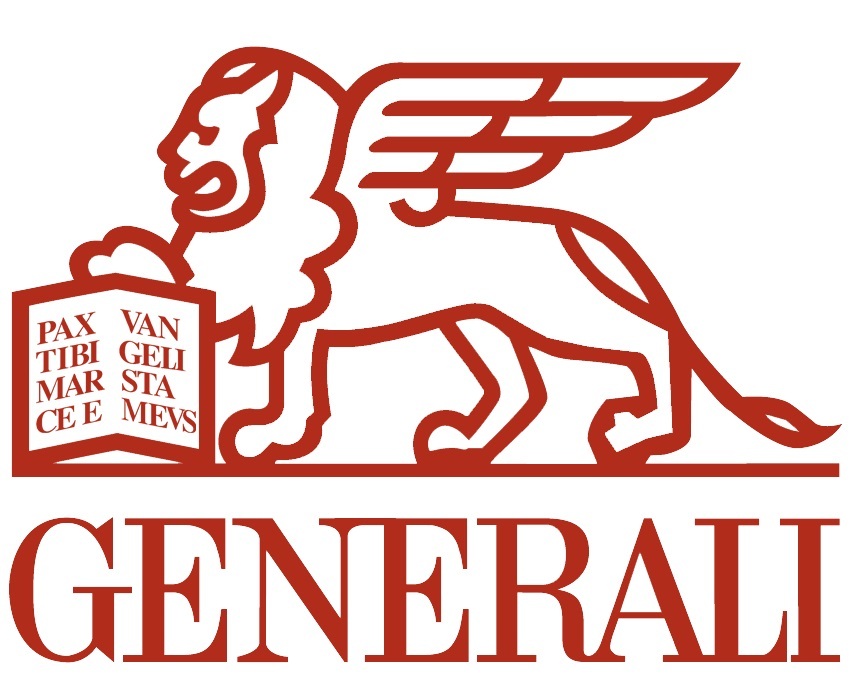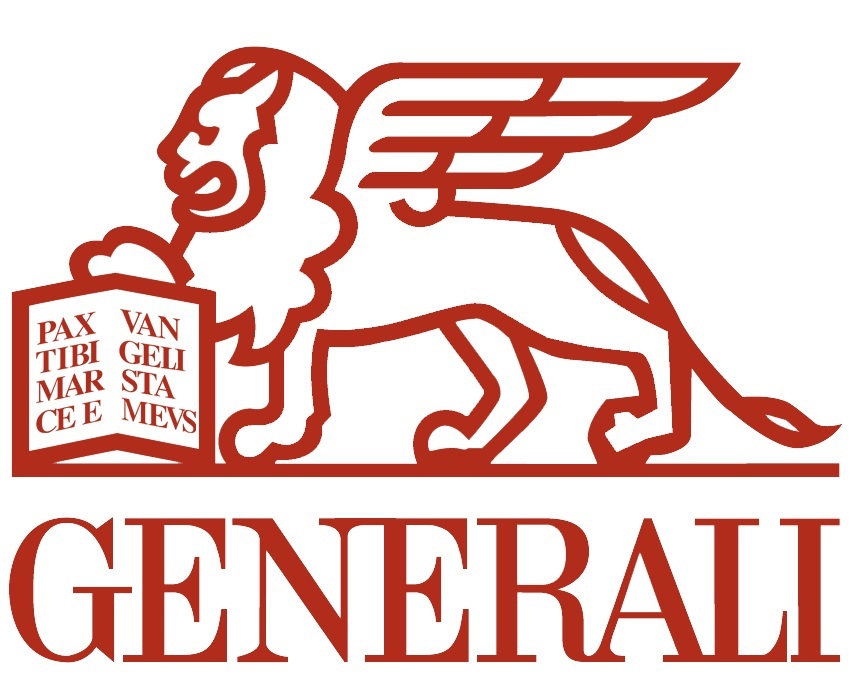Insurance

Started on Jan. 1, 2019
Building insurance is an insurance policy that protects the structure of your home – the walls, roof, floors and common areas– against damage that could be caused by a flood or storm, by a fire or vandalism.
This challenge is part of the non-life insurance pricing process, which often consists of two stages:
The goal of the challenge is to predict if a building will have an insurance claim during a certain period. You will have to predict a probability of having at least one claim over the insured period of a building. The model will be based on the building characteristics. The target variable is a:
During this challenge, you are encouraged to use external data. For instance: shops number by INSEE code (geographical code), unemployment rate by INSEE code, weather…
Some data can be found on the following website: data.gouv.fr
The input data contains the variables: Identifiant; ft_2_categ; EXPO; ft_4_categ; ft_5_categ; ft_6_categ; ft_7_categ; ft_8_categ; ft_9_categ; ft_10_categ; ft_11_categ; ft_12_categ; ft_13_categ; ft_14_categ; ft_15_categ; ft_16_categ; ft_17_categ; ft_18_categ; ft_19_categ; superficief; ft_21_categ; ft_22_categ; ft_23_categ; ft_24_categ; Insee; target.
We launched a fast benchmark with a xgboost model and got a 0.41 NGC score. It is a basic model where all categorical variables are label encoded. Most important variables are superficief, ft_22_categ, EXPO.
Parameters for xgboost were found by cross-validation.
The metric used for this challenge is the normalized gini coefficient.
The goal of this challenge is to build a model that predicts claims order. A model is good if it detects with a higher probability buildings that actually had a claim.
To calculate the metric, observations are ordered by decreasing predicted probability. Predictions are only used here to order observations. Thus the relative magnitude of predictions is not used with this scoring method.
Kaggle challenge with the same metric: www.kaggle.com/c/porto-seguro-safe-driver-prediction
Files are accessible when logged in and registered to the challenge
